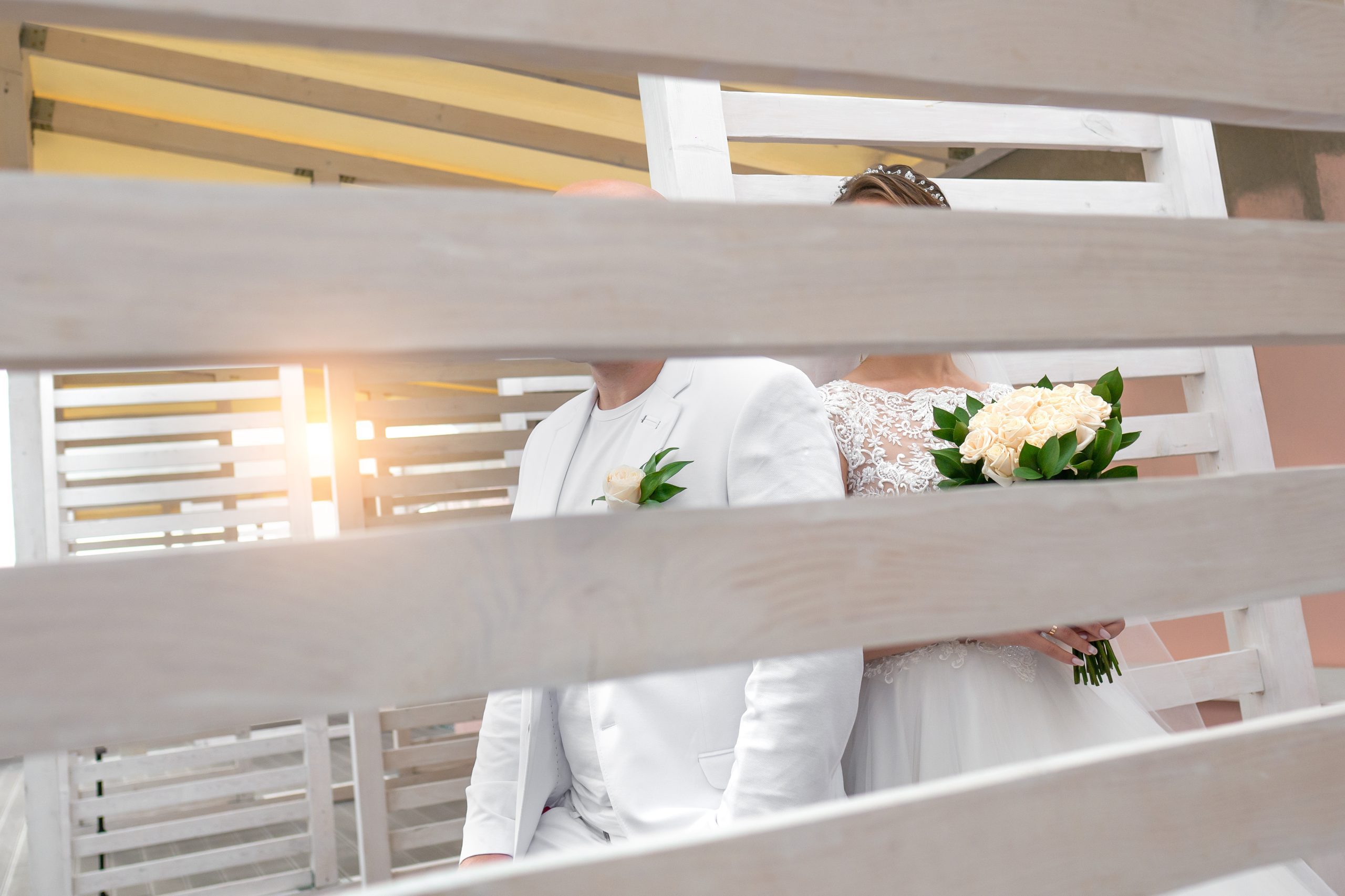What are Mexico Wedding Traditions?
Mexico weddings traditions are typically divided into two parts: the betrothal and the wedding day. The betrothal is a religious ceremony that takes place in a church, where the bride and groom make their vows before God and their families. The wedding day is usually a much livelier celebration with friends, family, music, food, drink, and dancing.
Thank you for reading this post, don't forget to subscribe!
The bride arrives at the ceremony in an ornate dress or gown with her hair styled elaborately. She is escorted by her father or another close male relative. The groom wears formal attire and holds a bouquet of flowers for his bride as he waits at the altar. Mexican weddings are full of color! Brides often wear dresses that are covered in sequins or lace while grooms often wear suits with colorful ties to match their bridesmaids’ dresses.
Mexican Weddings – A Brief History of a Timeless Tradition
Mexican weddings are a tradition that dates back to the 16th century. The Catholic Church and the Spanish conquistadors played a major role in shaping this tradition, which is still seen today in many different ways. In the 16th century, when the Spaniards arrived in Mexico, they brought with them their Catholic faith and religious traditions. One of these traditions was marriage. The Spaniards married couples according to Catholic rites and ceremonies, but also had their own customs for celebrating marriage.
They would often marry couples in special places such as churches or shrines on feast days like Saint Anthony’s Day or Saint James’ Day. The Spaniards also introduced a dowry system into Mexican weddings that remains popular today. When a woman marries, her family gives her husband-to-be money or property called a dowry as part of an agreement between families before the wedding takes place. In some communities, it is customary for the bride to wear red in order to symbolize the color of blood and the fact that she will be a better wife to her husband.
In addition, Catholicism is a very important part of Mexican culture. Although dating back to when Mexico was colonized by Spain, Catholicism is still enforced in most parts of Mexico and is seen as the country’s main religion. Most Mexican people are baptized, married and buried within Catholic churches.
What are the Different Types of Weddings in Mexico?
The Mexican culture is rich in tradition and folklore. This is why the weddings are always celebrated in a traditional way. There are many different types of weddings in Mexico, but they all have one thing in common: the bride and groom are the stars of the show! Weddings can be divided into two categories: civil and religious.
Civil ceremonies are performed by a justice of the peace or a lawyer, while religious ceremonies require an officiant who is authorized by the Catholic Church to perform marriages.
Religious ceremonies usually take place at churches or other holy places, while civil ceremonies can take place anywhere there is room for guests to stand or sit. In Mexico, there are three types of traditional wedding celebrations that you should know about:
The boda civil (civil ceremony), – The civil wedding ceremony is a wedding held at a church or other religious institution.
la boda religiosa (religious ceremony) – The traditional Mexican celebration rituals are the ones which are performed in the home, with family of friends and relatives present.
y la boda tradicional mexicana (traditional mexican celebration rituals). – The religious ceremony is then carried out in the church or any other place of worship by members of the clergy. In Mexico, it is important for women to have a boda ceremonial (wedding party) where she will be able to see her friends, family and her soon-to-be husband.
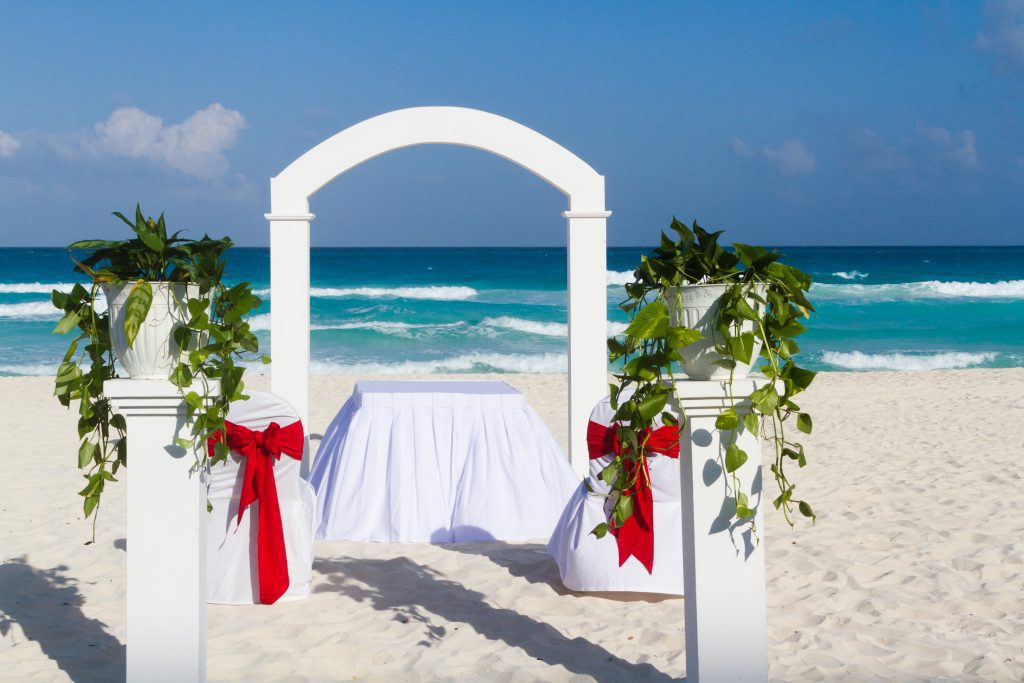
List Of 23 Mexican Wedding Traditions
One of the most common institutions in the world is marriage. It is a way to strengthen social relationships and form new bonds. However, different countries have their own unique customs and traditions related to it.
Most Mexican weddings take place inside a church, which is a significant part of the country’s Catholic culture. These traditions serve as a reflection of the family-oriented culture of Mexico. There are 22 Mexican wedding traditions that are worth noting.
1. La Pedida (The Father’s Approval of Wedlock)
In most societies, the father is regarded as the head of the household. In Mexico, he has the final say regarding important decisions that are made in the household. This is evidenced in the La Pedida, which is a tradition that involves the family visiting the home of the bride. During this period, the groom requests the woman’s hand in marriage.
The gesture of making the request is a sign of respect for the woman and her family. If the father gives his approval, the visit can be a way for the couple’s families to get together. They also start planning the wedding’s logistics.
2. Los Padrinos y Madrinas (Mentors)
The couple chooses the padrinos and madrinas as their sponsors and mentors throughout their engagement and wedding. Being chosen as one of these individuals shows that they are worthy of being considered as a role model. Couples can also have as many padrinos and madrinas as they wish.
Madrinas and padrinos are typically chosen by the couple, while sponsors provide the couple with something for the wedding. Madrinas and padrinos are similar to godparents in that they help guide the couple as they navigate through their new life. On the other hand, sponsors provide various items for the wedding, such as coins and flowers.
Apart from being chosen by the couple, madrinas and padrinos can also perform various duties for the couple. For instance, they can help wrap a rope or hold gold coins. Padrinos de honor are individuals who follow the couple as they walk down the aisle. Madrinas can also host pre-wedding events such as a bridal shower.
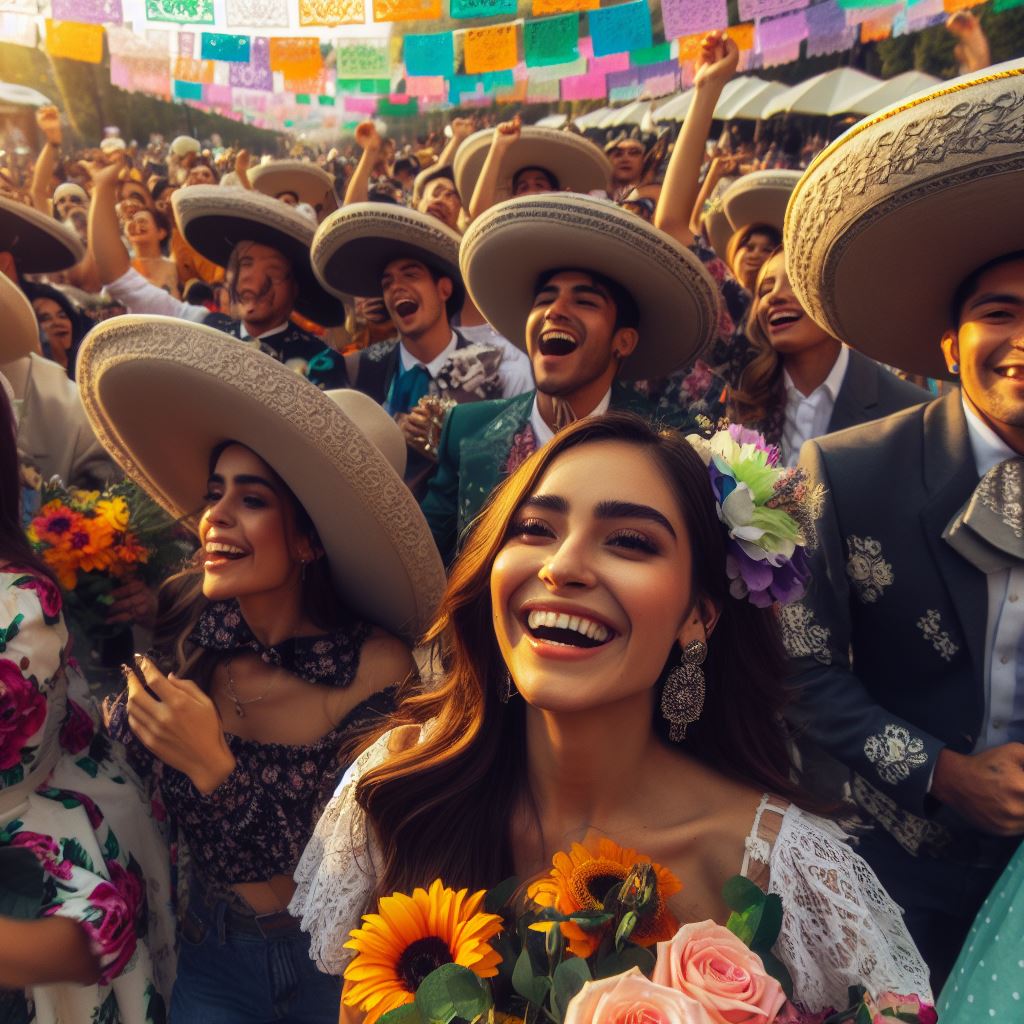
3. Mexico Wedding Processional
In most cases, the bride and her parents walk down the aisle together. However, in Mexican traditions, the parents of the groom also accompany their son down the aisle. This is a show of support and acceptance for the couple, as well as a way for the parents to show their pride and encouragement. It is an act of filial piety that is carried out in honor of the parents.
4. Prayer for the Bride (Oración por la Novia)
The mother of the bride offers a prayer before the couple leaves for their wedding venue. The processional begins with the couple’s families walking to the location of the wedding. This is a way for the families to show their pride and solidarity with the couple.
5. Mexican Bride’s Wedding Dress
The Mexican bride’s wedding dress is made by her family or herself, and the groom’s family typically shoulders the expenses. The symbols of fertility, fortune, and felicity are also incorporated into the dress.
In recent years, many women have gotten their wedding dresses altered so that they can customize it to their exact requirements. This ensures that the dress is made to measure and has high quality. In addition, Mexican women often cover their shoulders with a belt or a bridal jacket.
6. Mantilla (Mexican Bridal Veil)
In Mexico, a mantilla is a type of silk or lace scarf that is worn over the head. It can be used to cover the bride’s shoulders and hair. If the couple is getting married in a church, then the mantilla must be worn.
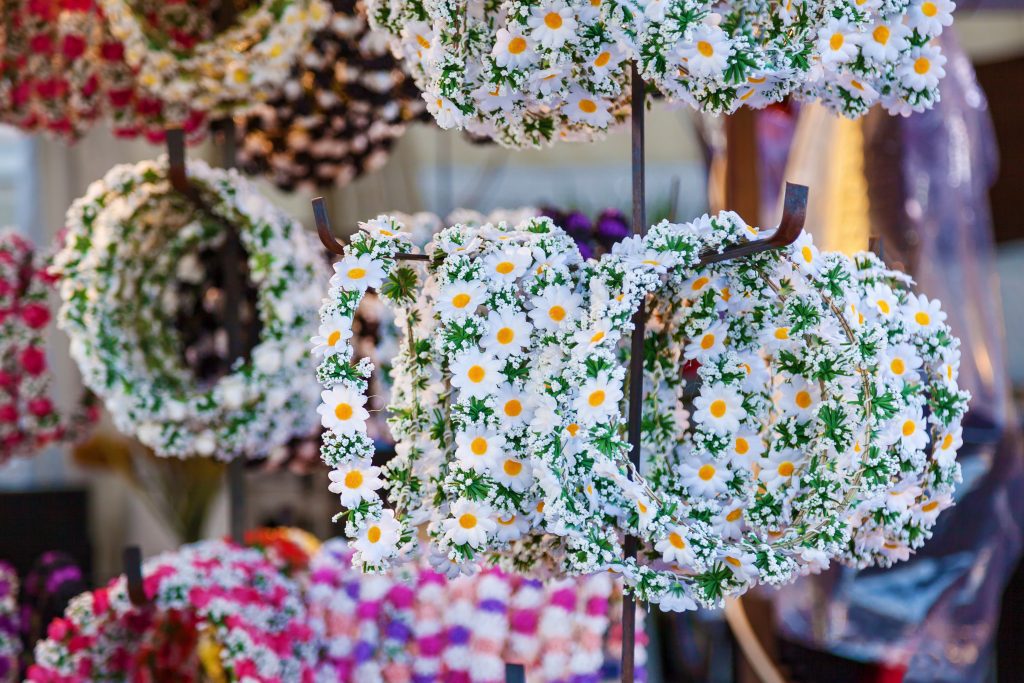
7. The Lasso (El Lazos)
The El Lazos are made with beads or jewels and are commonly referred to as unity lace. The rope is made with a variety of beads and is linked to the union between the couple. The lasso represents the couple’s interconnected futures.
The pair are then put on by the padrinos, who attach the lazos to the couple’s heads. This ritual usually takes place while the wedding prayer is being said.
In addition, the lazos have also been adorned with flowers, which are tied together using a bow. This is an homage to the traditional practice of having a pair of flower necklaces and a shawl.
The couple’s choice of rosaries is also influenced by their preferences. Usually, silver and crystal rosaries are the most popular types. The complexity of the rosary can vary depending on the couple’s choice.
The silk cord used for the lazos is also customized according to the couple’s preference. This type of design can vary due to the intricate details involved. The flowers used for the lazos are usually made from bread paste, fabric, and beads. These products are then used to decorate the lazos, which can be kept as non-religious keepsakes.
8. Guayabera (Men’s Summer Shirt) That Is Mexican Tradition
A guayabera is a type of summer shirt that is usually made of silk, linen, or cotton. It has various design features, such as rows of sewn-up pleats on the front and back of the shirt. Although it’s commonly seen as a casual attire, Latin Americans consider it to be a formal garment. It can be worn by prominent public figures and political leaders.
Black pants and a guayabera are typically the groom’s formal attire. If the weather is more comfortable in Mexico, the groom can opt for a traditional suit. Although a guayabera is a practical and fashionable garment, it should be noted that the country’s hot weather can affect its usage.
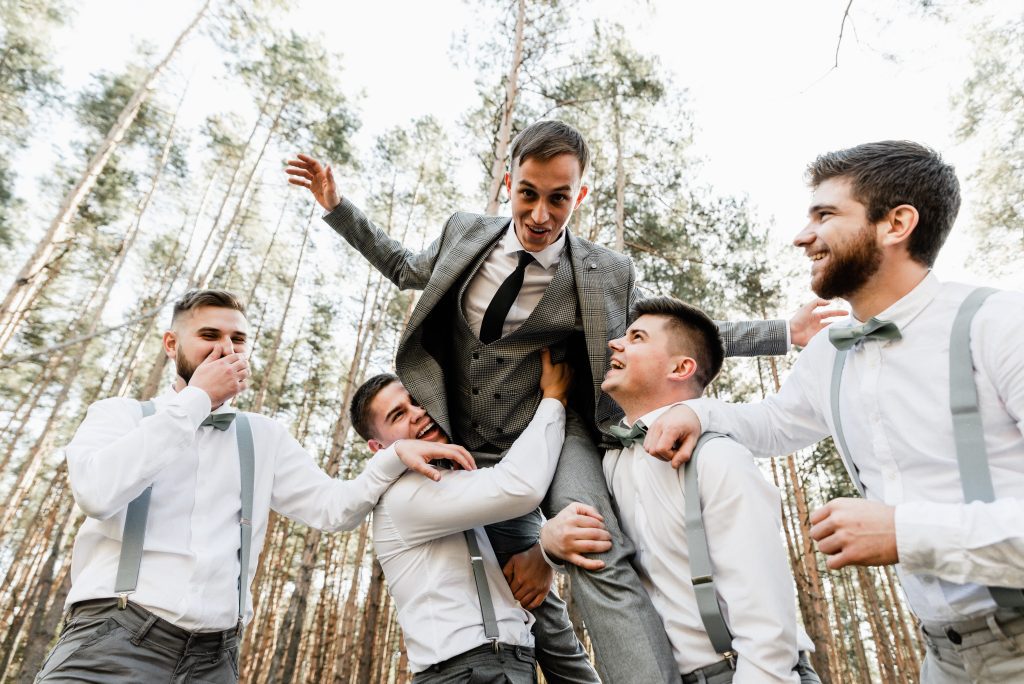
9. Matching Colors for the Wedding Party
In Mexican tradition, the bridal party, which includes the ring bearers, flower girls, and the groom’s and wife’s attendants, wears matching outfits to the wedding. The coordinating dresses of the various individuals are coordinated with the colors of the cummerbunds or ties of the groom and bride. This ensures that the group looks very appealing as they walk down the aisle.
10. Fake Rings for the Ring Bearers
Ring bearers are typically part of Mexican bridal parties. However, in most cases, they only carry mock or fake rings. The responsibility and honor of carrying the real ones is assigned to padrinos de honor. In some cases, padrinos do sponsor the rings, though this is not always the case.
11. Wedding Kneeling Pillows
Since Mexican weddings are usually conducted inside Mass, everyone in attendance is required to kneel to pray. To make the couple’s special day even more comfortable, sponsors provide them with white and lace-embroidered kneeling pillows.
12. Las Arras Matrimoniales (Gold Coins)
The couple’s wedding is then conducted inside a gift tray or an adorned box. During the ceremony, the groom presents his bride with 13 gold coins. These are usually given by the couple’s padrinos. The coins represent the 12 apostles and Jesus, and this exchange is a symbol of the couple’s promise to provide for each other.
13. Ofrenda (Offering)
Following the Catholic wedding ceremony, the bride offers a bouquet to the altar located at the Virgin of Guadalupe. This practice is carried out before the start of the recessional, and the second bouquet is then given to the bride to use at the reception.
14. Tossing Seeds & Rice During the Recessional
After the couple has finished their ceremony, the guests toss various items, such as bird seeds and rice, toward them. These items are meant to signify the couple’s success and fertility.
15. La Callejoneada (The Wedding Parade)
The La Callejoneada is a procession that follows the wedding ceremony. It features a group of people dancing and singing along to a variety of music as they make their way toward the reception venue. This type of event is similar to the zaffe of the Lebanese and the Egyptians. During this time, the crowd gets loud and rowdy as they celebrate the couple’s wedding.
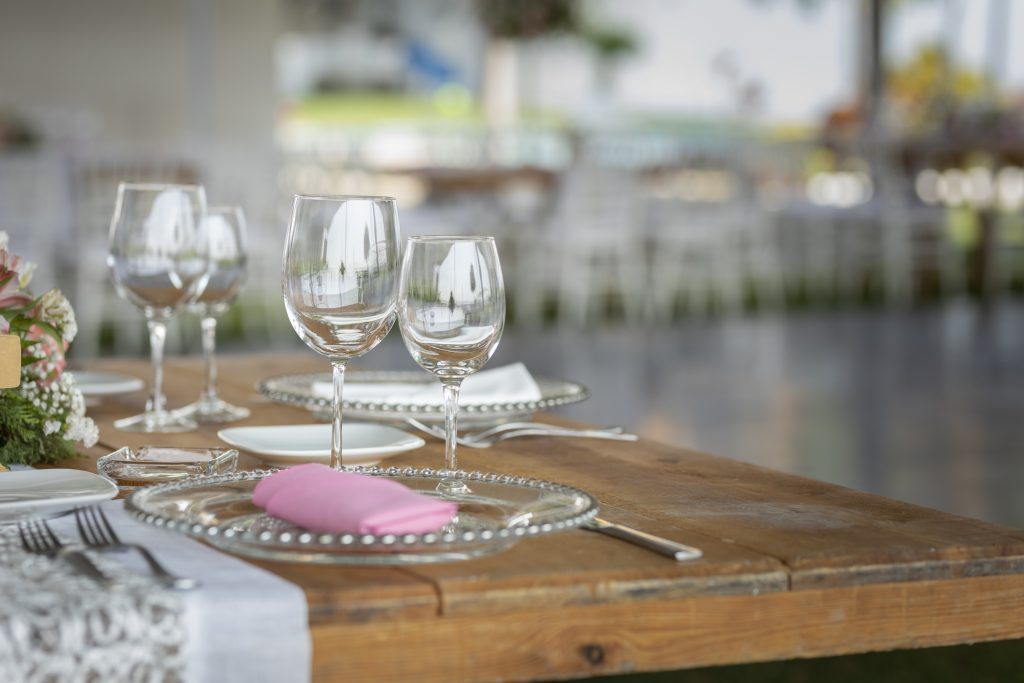
16. Mexican Wedding Favors
In Mexican traditions, the couple’s wedding favors are significant. They are typically given to the guests by the bride and her family, and some people order them from a local store. The favors have to fit into the overall theme and color scheme of the wedding. Usually, the guests receive one or two favors at the ceremony, and they are given again at the reception.
A small heap of rice is then provided to the guests before the ceremony ends. The names of the couple are written on a fabric ribbon or paper, and additional decorations are added. The purpose of this favor is to thank the guests for coming, and it also serves as a way to give them something to throw.
The couple’s wedding favors are usually keepsakes and are made from various materials. These keepsakes are typically hand-crafted by the bride, and they serve as a way to remember the wedding. Favors that feature succulents, local art, and ribbons are commonly seen at receptions.
17. Food For Mexican Wedding Reception
The cuisine of Mexico is known around the world, and it can influence other cultures. During the wedding reception, the families celebrate the union of the couple by slaughtering a goat or pig. They then prepare various food items, such as tamales, enchiladas, and burritos. Mexican sauces are also commonly served.
During the wedding reception, the guests are also served various beverages, such as tequila, beer, and non-alcoholic drinks. There are also usually multiple open bars throughout the venue where the guests can enjoy different types of drinks.
The wedding reception’s food is also provided with various flavors. One of the most popular food items that is commonly served during the wedding is a tres leches cake, which is a type of cake that is made with whole milk, condensed milk, and evaporated milk. It is a heavenly piece of cake that can be eaten as soon as you bite it. Guests are also free to take home the wedding dessert.
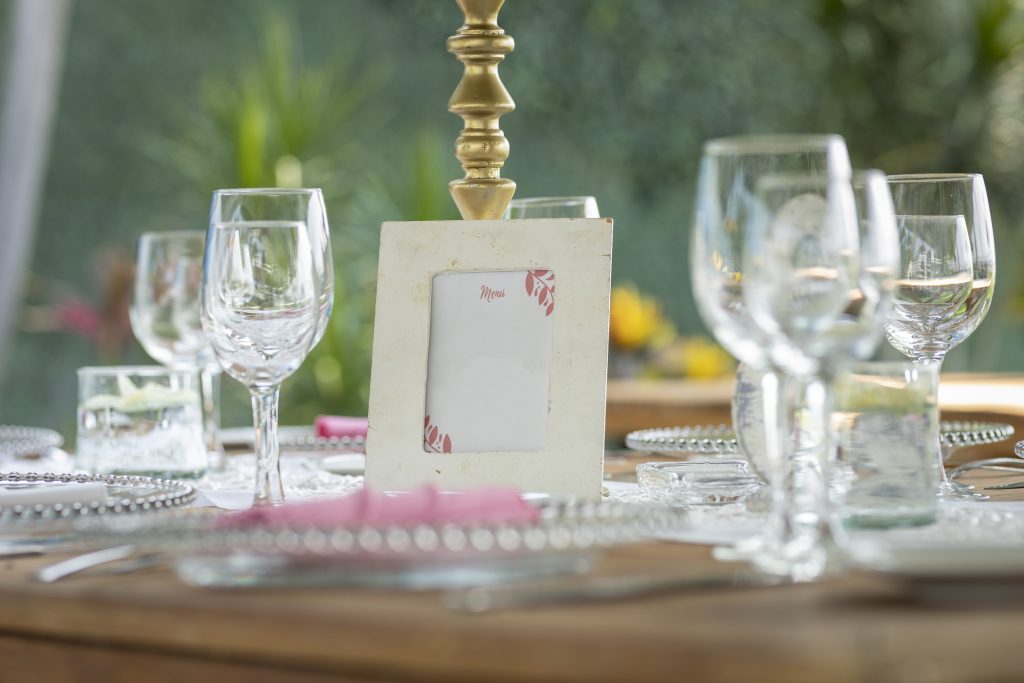
18. The First Dance
A Mexican wedding reception is an elaborate event that can last for two days. It usually features upbeat music and is centered around the couple’s desire to dance the night away. The first dance is one of the most significant moments of the wedding. After the couple has finished dancing, they are then joined by their parents and madrinas.
19. Baile del dinero (Money Dance)
During the reception, guests are allowed to dance with the couple, but they have to give the couple small amounts of money. Male guests usually attach coins to the dress of the bride, while female guests do the same to the groom’s suit or guayabera. The money dance is a fun way for the guests to give the couple money to help fund their honeymoon or purchase items for their home. It is also a common practice in various cultures, such as the Philippines and Cuba.
20. La Vibora de La Mar (The Sea Snake Dance)
The reception also features a special dance known as the Sea Snake Dance. During this dance, the couple and their friends stand on chairs and form an arched formation. Guests are required to join in the dance by holding their hands as they move through the arch. As the music plays, the dance continues to grow.
21. Serenade from the Mariachi Band
The term “mantilla” refers to the group of individuals who perform Mexican music. A typical band is composed of various instruments, such as trumpets, violins, and guitars. They can also provide backing vocals. In addition to being associated with religious and family celebrations, this type of music is also commonly used during cocktail hour at a wedding.
Since there are many styles of music that can be performed by a mariachi band, it is important that the couple has a list of songs that they are most comfortable with. This can be done by asking the band to provide a list of must-plays and songs that are not popular. Here are some more common songs:
El Milagro de Tus Ojos (The Miracle that Is Your Eyes)
Mi Reina y Mi Tesoro (My Queen and My Treasure)
Contigo Aprendí (With You I Have Learned)
22. Tossing The Groom
The tossing of the groom, also known as el muertito, is when the men at the wedding get together, lift the groom over their shoulders and toss him into the air several times. Often, they’ll also take the groom’s shoes and pass them around to leave money or gifts inside.
23. La Tornaboda ( After The Wedding Party)
A wedding reception typically has a large number of people. In Mexico, a smaller version of this event is called la tornaboda, and it only allows the couple’s close friends and relatives to attend. This type of event allows the couple to celebrate their special day in a more intimate manner.
How to Plan A Destination Wedding in Mexico Revealed!
How To Design Mexican Wedding Dress
Mexican wedding dress is a symbol of matrimony. The bride wears a traditional Mexican wedding dress on her wedding day to symbolize the eternal bond between her and her husband-to-be. Mexican Wedding Dress can represent the country’s heritage, culture, and customs that make up Mexico. . Traditionally, a Mexican wedding dress will have a lace bodice with an embroidered beaded trim that has many meanings. It can symbolize a hope chest or the hope of love and wealth.
The embroidered beading can also symbolize the bride’s family line and her heritage. The Mexican wedding dress typically is composed of white lace over a thin silk or satin sheath gown with cap sleeves and a high neckline that extends into bows on each side of the bodice. The best-known design is a fitted, high-necked, long-sleeved gown with soft pleated skirts and a high waistline. This is the most traditional design because it is the one worn by the bride at her wedding.
Where To Buy Mexican Wedding Dress?
Mexican wedding dresses are one of the most popular in the world. It is because they are so colorful and beautiful. Mexico has a lot of beautiful places to visit, and you can find great Mexican wedding dress there. You can also find Mexican wedding dresses online. There are many websites that sell them, but you should not buy from just any website. Make sure that the website is trustworthy and has a lot of positive reviews before buying from them.
Mexican Wedding Dress Boutiques
Mexican Wedding Dress Boutiques are a popular choice for brides. They offer a wide variety of dresses to choose from, and they are also known for their excellent customer service. A Mexican Wedding Dress Boutique can be found in most major cities all around the world. They have been around for over 50 years and have helped many brides find the perfect dress for their big day.
Best Designed Bathing Suit For The Bride, Click Here
Ramona Rogers
Ramona Rogers is a blogger who writes about a variety of topics, including personal growth, traveling, cooking, shopping and self-improvement. With a warm and engaging writing style, she aims to inspire and empower her readers to live their best lives and pursue their passions. Through this blog, Ramona shares her own experiences and insights, as well as practical tips and strategies for achieving success and happiness. Whether she's writing about overcoming challenges, building healthy habits, or finding purpose and meaning in life, Ramona's goal is to provide her readers with valuable and relatable content that will help them on their own journeys of self-discovery and growth.
Email: ramona@mexico-newsletter.com
Address: Los Angeles, California, United States of America
Gender: Female
Job Title: Master Blogger

